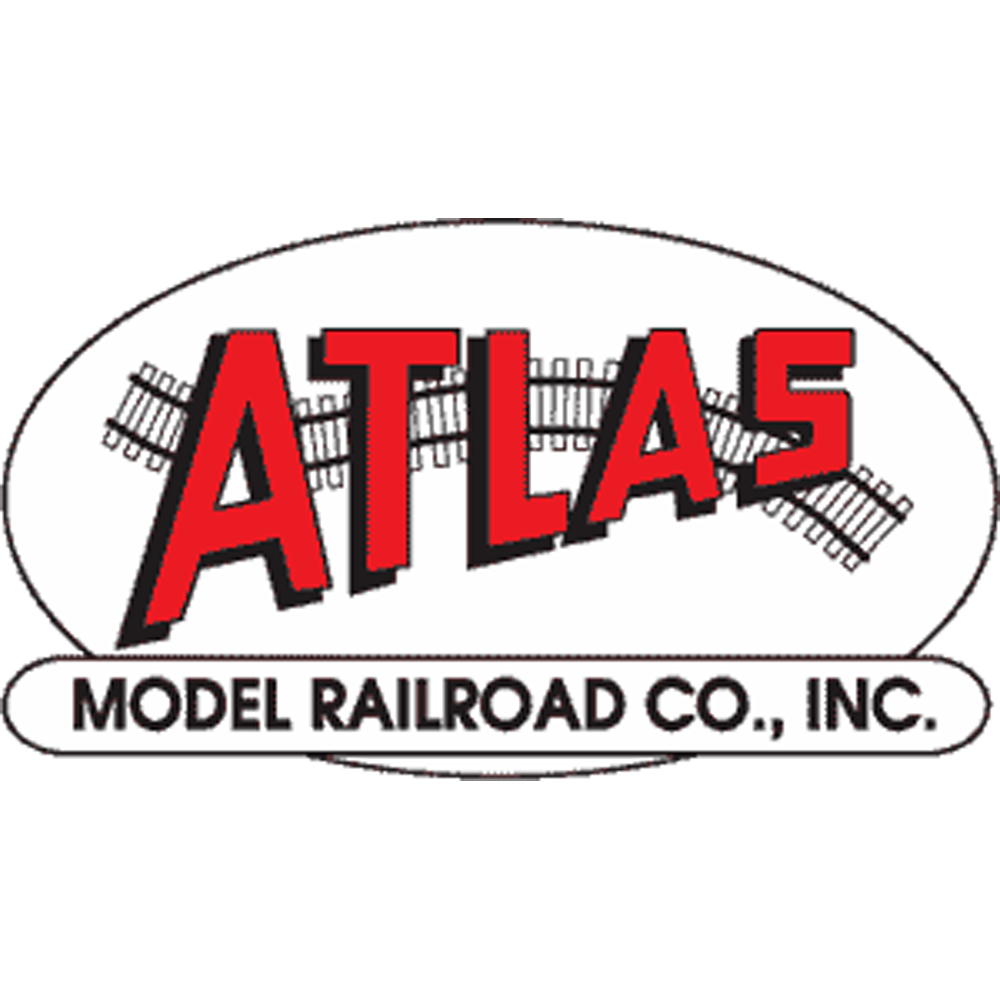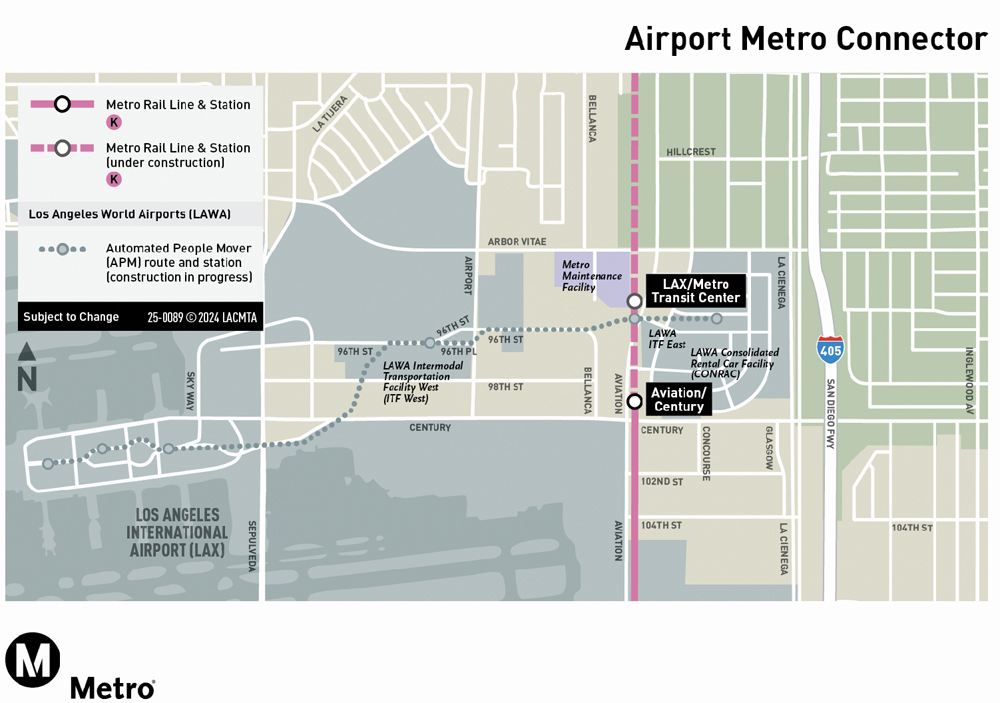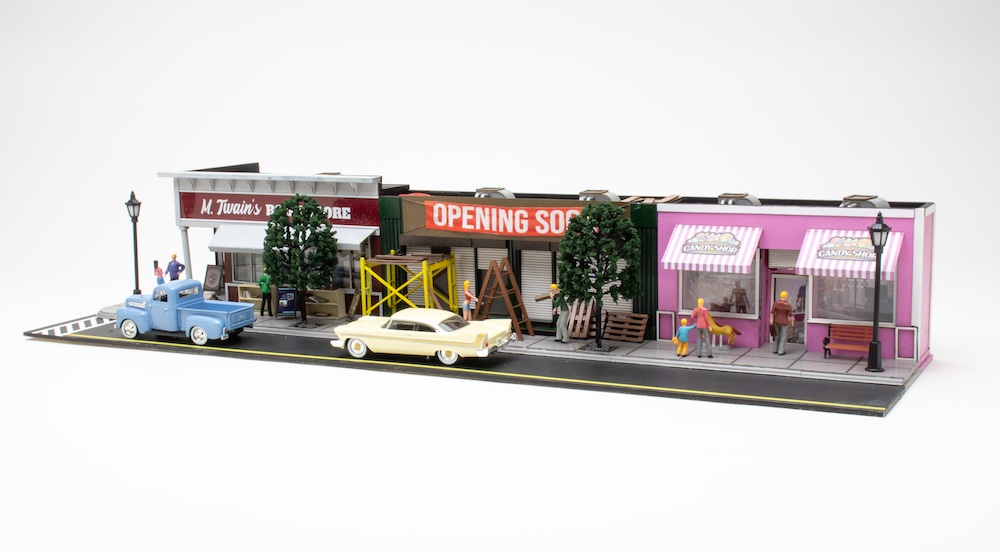As part of the changes, announced on Oct. 4, CSX also will introduce new service linking seven domestic markets. The streamlining is similar to changes CSX announced in August that affect interline service with BNSF Railway and Union Pacific.
CSX is concentrating traffic at key intermodal terminals across the system as it builds more point-to-point service linking high-volume terminals. It’s a formula designed to reduce operational complexity and costs while boosting profitability.
“The January service changes are part of the overall CSX network strategy to improve service consistency and prepare the network for sustainable growth now and in the future,” Maryclare Kenney, vice president of intermodal and automotive, wrote in an advisory to customers. “Not only do these changes further enhance the BNSF and UP interchange plan, which have improved service by alleviating Chicago congestion ahead of peak season, they solidify our intermodal network offering.”
The changes, she wrote, will help improve the reliability of intermodal service.
CSX will drop service to 231 domestic lanes effective Jan. 2, but recommends shifting intermodal service to nearby terminals in more than 60 of those lanes. Containers moving from Bedford Park in Chicago to Fort Lauderdale, Fla., for example, could shift to Miami.
Many of the discontinued domestic lanes involved further reductions to interline service with Union Pacific and the railroads’ joint UMAX container pool.
Other dropped lanes were shorter-haul routes, such as Cincinnati to Syracuse, N.Y.
And still others involved de-emphasizing service at terminals such as Columbus, Cincinnati, and Cleveland in favor of the Northwest Ohio Intermodal Terminal in North Baltimore, Ohio.
“On a related note, the new growth initiatives announced for our Northwest Ohio facility are another example of how CSX is strengthening our service offering,” Kenney wrote. “Development of the logistics park, new haulage service with the BNSF, steelwheel UMAX service with UP and the introduction of international service from east coast ports demonstrate our focus on enabling sustainable growth for the future.”
CSX will discontinue service in 65 international lanes on Jan. 2, as well. The railroad advised shippers to use alternate nearby terminals in more than two dozen of the affected routes.
When all the changes are complete, CSX in January will offer intermodal service in 297 domestic lanes and 202 international lanes.
Last year, CSX dropped its hub-and-spoke strategy to serve lower-density intermodal markets. As a result, it lost 7 percent of its intermodal traffic as it pared service offerings. It has more than made up for the loss of that low-margin business by picking up traffic in point-to-point, higher-volume domestic and international lanes this year.















Mr. Winter, that would be preferable to running 300 trains a day that lose money. (No sarcasm.)
“…but recommends shifting intermodal service to nearby terminals in more than 60 of those lanes. Containers moving from Bedford Park in Chicago to Fort Lauderdale, Fla., for example, could shift to Miami.” Obviously someone has not seen the traffic between FtL and Mia. Furthermore, CSX (the railroad) doesn’t handle the TOFC/COFC to to either; that’s been done by FEC for years.
More eggs in fewer, bigger baskets seems risky. Finding ways not to serve points that have been generating traffic seems counterintuitive, but then I’m just a layman who has always worked in the public and non-profit sectors (education, National Park Service, health care) where the goal isn’t wringing money out of customers but providing quality service at reasonable cost.
Thank goodness. Now they can get that OR down to what investors like. Soon they’ll be running one train a day with a perfect OR. (Sarc & lots of it)
Major airlines each manage to serve hundreds of O-D pairs. Why not railroads? Perhaps my fellow railroad colleague Mr. McFarlane would like to restate his thoughts?
Truckers rejoice.
Looks like even more opportunities for NS to take on even more intermodal…the problem that CSX had with all those lanes is not the fact they were low volume, it was that they were low volume for the railroad because they could never figure out how to beat OTR transit times…I kept telling people how it could be done when I was in logistics, but it went over everyone.